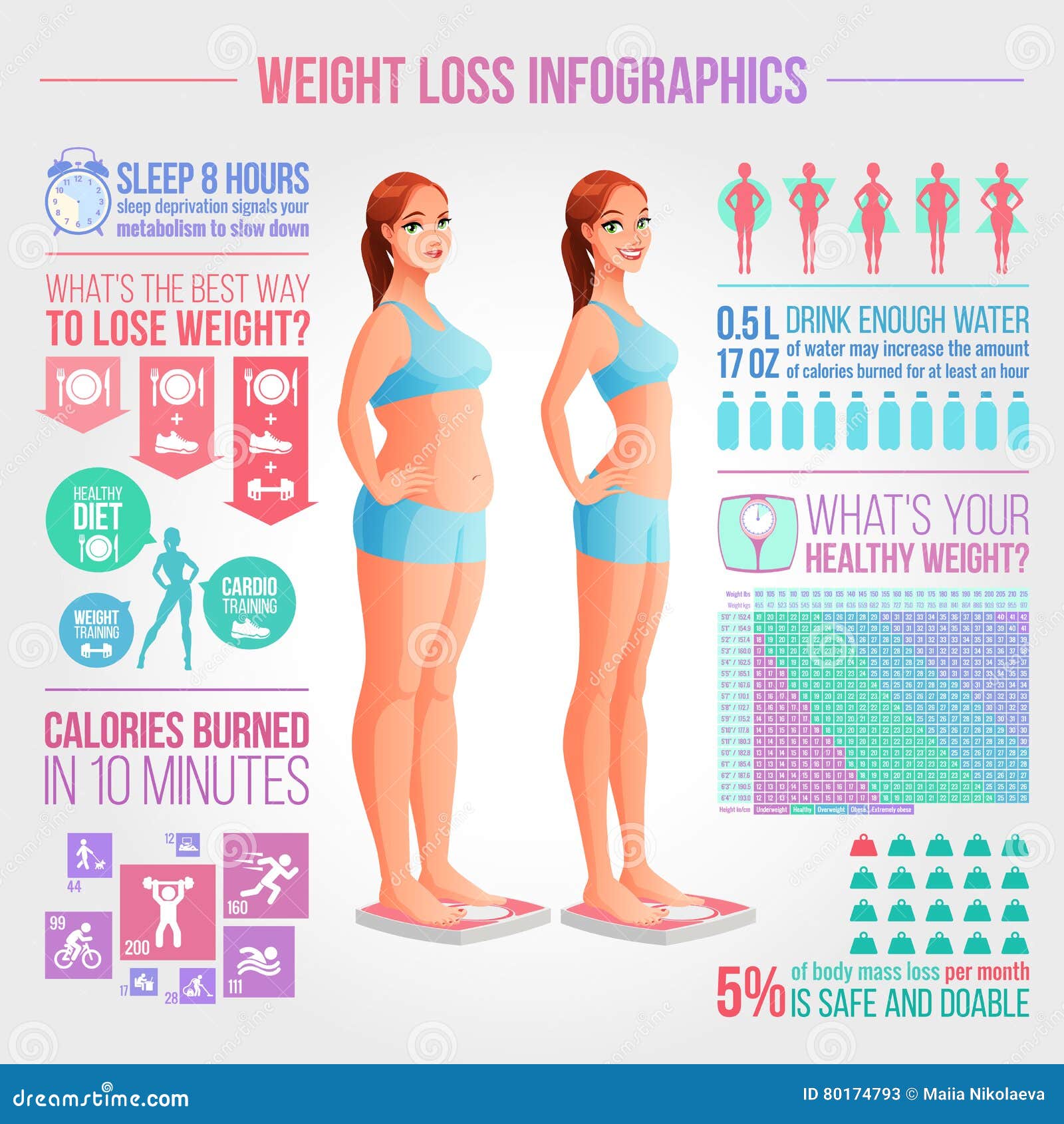Conditions Treated With Hawthorne Cold Laser Therapy
Conditions Treated With Hawthorne Cold Laser Therapy
Blog Article
Scientific Study on the Efficacy of Cold Laser Technique
Cold laser therapy is a beneficial tool to aid suffering monitoring and the recovery procedure. It is commonly utilized in sporting activities medicine, dermatology and acupuncture.
Cold lasers pass through deep right into cells and advertise chemical modifications without heating them. They minimize inflammation and swelling, speed up cellular task and speed up healing.
Theoretical Background
Unlike the high-intensity lasers that surgeons use to puncture tissue, chilly laser therapy utilizes light-emitting diodes to pass through into your skin and promote healing. As these photons get to broken cells, they initiate a chain reaction that enhances your cells' production of enzymes and accelerates your body's all-natural recovery procedures.
The photons likewise reduce pain via the manufacturing of endorphins and enhance your body's ability to drain puffy locations by causing vasodilation (the growth of blood vessels). As a result, it helps you recover from bone and joint injuries and discomfort more quickly.
Many people have actually become aware of chilly laser treatment from their physiotherapist, chiropractic specialist or physician and may be asking yourself exactly how it works. Unlike the majority of laser gadgets used in the medical area, which really heat up tissue, our modern devices releases cold laser beam that don't cause any kind of heating of your cells. This enables your body to receive the healing benefits without causing any type of side effects.
Scientific Trials
Cold laser treatment is typically recommended as a therapy option for individuals who have bone and joint pain and injuries. It can be made use of to decrease swelling, strengthen cells and accelerate the body's all-natural healing procedures.
Non-thermal photons of red and infrared laser radiation are absorbed by the light delicate elements in cells and start an increase in intracellular metabolic process that raises cell recreation, decreases swelling, eliminates edema and reduces healing time.
Unlike the light that is created by sunlight or common lights, laser light is parallel (all wavelengths travel parallel), coherent and single. These properties enable laser power to penetrate deeper right into the tissues.
A number of professional trials have revealed that LLLT can be reliable in decreasing discomfort in the bone and joint system. Nevertheless, more properly designed studies are needed to examine the optimum settings for laser irradiation and to identify its performance in specific conditions, such as dental mucositis in cancer cells patients getting radiation treatment or radiotherapy, and injury healing (consisting of diabetic person ulcers adhering to hammertoe surgery). This Aetna plan notice does not address other uses LLLT, consisting of the therapy of various skin diseases.
Conclusions
Unlike surgical lasers that can ruin lumps or coagulate cells, cool laser therapy does not heat up the body's cells. Rather, the light promotes your cells to produce adenosine triphosphate, which speeds up the repair work process of hurt cells.
Aetna takes into consideration low-level laser (LLL) therapy medically required for the prevention of oral mucositis connected with cancer cells therapy (radiation treatment, radiation treatment, hematopoietic stem cell hair transplant) and non-cancer therapies (such as radiodermal injury, fibromyalgia). Numerous studies showed that LLT can be effective acne treatment in decreasing PU signs and symptoms without unfavorable impacts. Nevertheless, distinctions in research study layouts and laser dosimetry made contrast of the outcomes hard; RCTs with reduced threat of bias are required. Using a 660 nm wavelength and greater power thickness seems a lot more reliable than the various other researched laser wavelengths. This could be due to the fact that the other wavelengths may stimulate inflammatory processes and cause more side effects. The effect of the type of laser made use of is additionally vital; the writers recommend that future research study focus on assessing different types of lasers and their dosages to establish the optimum mix of laser specifications for PU prevention.
Recommendations
Cold laser therapy is utilized by dental experts to treat irritated gum cells, doctors to ease discomfort brought on by rheumatoid arthritis, and physical therapists to speed the recovery of muscular tissue, tendon, and ligament injuries. Several clinical insurance coverage plans cover this treatment.
Unlike warm lasers, which have a thermal impact on tissues, cold lasers (additionally called low-level lasers) promote the cellular energy of the skin. Photons from the laser light pass through right into the cell, setting off a series of chemical adjustments that advertises regeneration and reduces swelling.
In order to be effective, lasers must be effectively configuration and used. This is why it is not suggested to get an affordable over the counter laser device and attempt to treat yourself at home. A qualified practitioner is called for to make certain that the gadget is used appropriately to reduce the risk of eye injury and optimize its effectiveness. The laser tool should be gotten used to the correct setup, intensity, regularity, and setting of the laser on the treatment location.